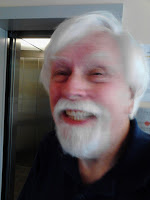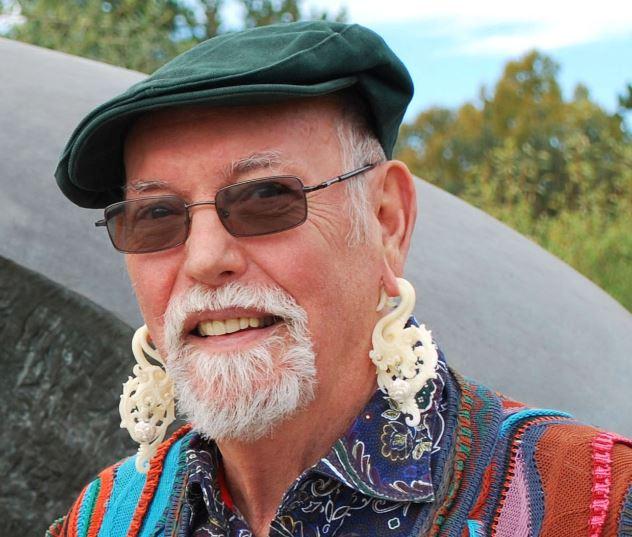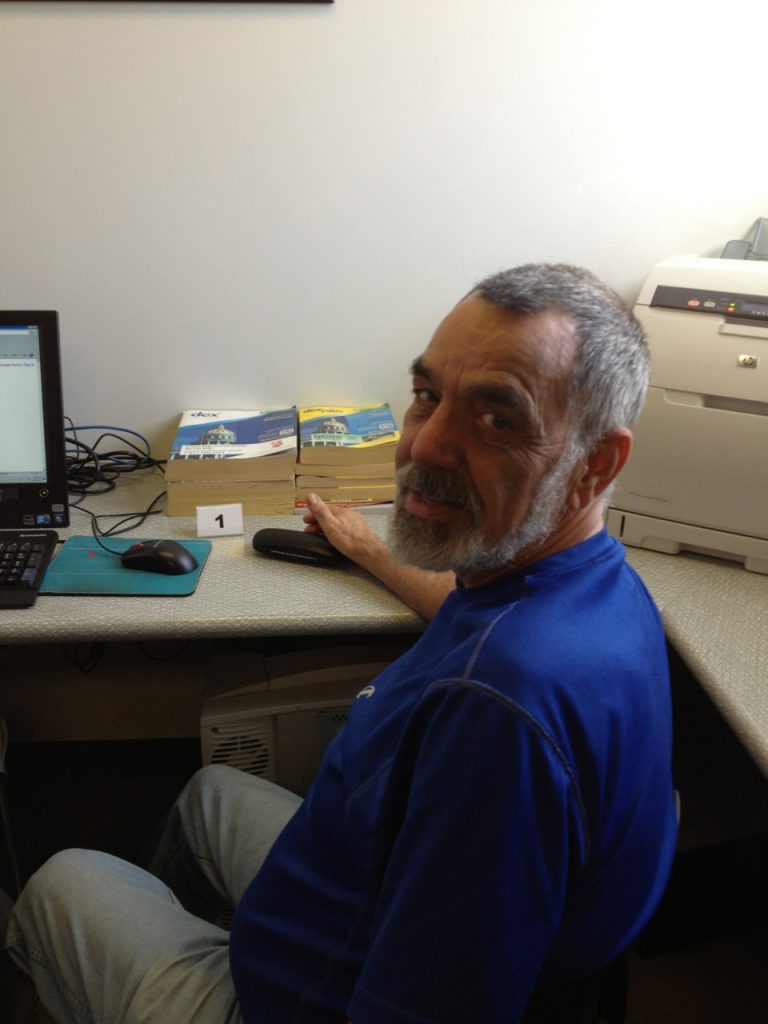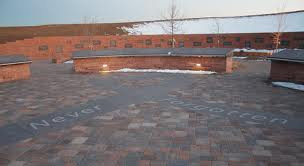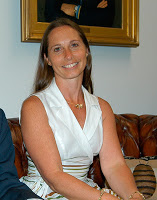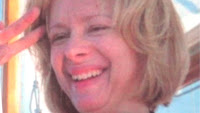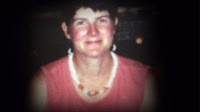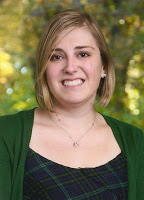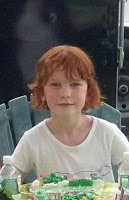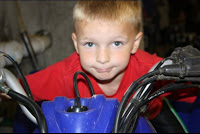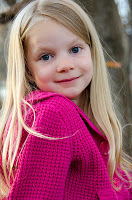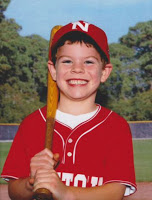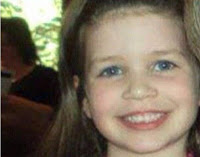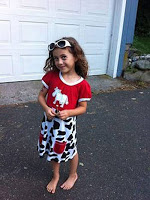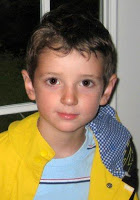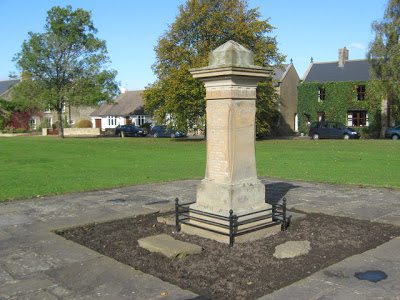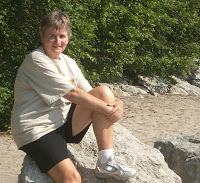Think back to a time in your life when you are up in front of a group of people, all eyes are on you, you know you have to remain up there in front of these people for a certain term — ten minutes, twenty minutes, a half an hour — you know too (and this is the painful part) you’re making an absolute fool of yourself; you know you’re making a fool of yourself, but you can’t stop — one of those times you wished to god you were anywhere else on earth other than up in front of these people. These are the sorts of times when embarrassment comes flooding in not after, but those worst-possible-of-all times when embarrassment takes hold while whatever it is you’re doing you’re still doing, and you can’t stop — when a voice inside your head — a voice that sounds a lot like your own voice — whispers, “Oh lord, I am really making an ass of myself.”
This may seem an odd introduction to memorials, but it’s doorway into a story about me and a particular memorial service and a lesson I badly needed to learn.
Do you remember my story about burying a bull? How, before the cowboy showed up, I had been reading a Patrick Kavanagh poem, the first two lines:
Me I will throw away/Me sufficient for the day
Hang on to those lines. I’ll close with them in a minute. First, though, memorial . . .
One of the advantages of reaching a certain age is most of your stories go back so far you’re safe in naming names — who’s going to care? This story goes back to the mid-’80’s when I’d been in Denver for a while. At the time I had a job working as the delivery guy for a small medical supply house, going around town delivering disposable syringes, plaster bandage, oph-THAL-moscope batteries and cotton balls.
But this story — even though I just said it was — is not really about me. Enter, now, on stage, the next actor . . .
One day after deliveries I returned to the warehouse to I find a new employee working there, Marc — Marc, not with a “k” but with a “c,” like Marc Antony. But since this story is not about Marc, either — at least not for the my purpose today — I’ll condense these surface events:
Yes, I fell in love with Marc. Marc, although affectionate — and as hard as it is for me to say it — he never really fell in love with me. As a result, we never moved in together — probably a good thing. However, for a year we were a pair. Our friends thought of us as a pair.
Condensing this part of the story even more rapidly now:
In time, Marc’s affections reattached themselves elsewhere. He and I saw less and less of each other. He established what looked like a permanent relationship with a fellow I didn’t know. Then, I heard through mutual friends, Marc was diagnosed HIV-positive. His partner left him. Marc’s father, knowing that his son and I had been friends, contacted me, told me Marc was in hospice and said if ever I would want to visit him we might go together. We did, until dementia took Marc three or four months later.
Again, this is not about me — well, of course it is, but not in a flattering way — what I mean to say is, it’s not about me the hero. The story is about a lesson learned — and only in the sense I’m the guy who had to learn that lesson — only in that sense is it about me. Otherwise, it’s more an Everyman story, a growing up story, the sort of story I’m sure a number of us have lived through.
Some months after Marc’s death, a memorial gathering was announced. His father honored me in inviting me to speak. Our driving together to and from the hospice must had given Marc’s father a fair idea of how much his son had meant to me.
Marc’s family was a broken one, mother and father divorced. A scattered family, too, family all around the country. I envisioned a small memorial. Maybe Marc’s mother, maybe one or two of his brothers, coworkers from the medical supply house, a few of Marc’s local friends, those his father had been able to contact.
Large or small, it would be a memorial requiring certain decorum. A touch of humor wouldn’t necessarily be out of place, depending upon the tenor of occasion the family might be imagining, and also the relationship of the speaker to Marc.
In the days leading up to the memorial, I’d given thought to what I might say, without putting anything down on paper. The memorial was late on a Saturday afternoon, so I resoned I could easily set aside most of that day to getting my thoughts together. If I’d decided one thing in advance, though, it was I wanted to tell people what Marc had meant to me — a hint, without being revealing.
Saturday morning I started putting thoughts down on paper. On index cards.
Also Saturday morning — about mid-morning — I had a first drink. I was determined to stay clear-headed. However, that first drink led to more. I kept scribbling on my index cards, but the more I drank, the more maudlin my intended remarks got. Before long I was adding anecdotes of some intimate stuff Marc and I shared — not carnal stuff, but meals Marc and I liked to cook for each other, our favorite places for long walks — that sort of intimate stuff. I put new batteries in my boom box and queued up a number of cassettes with some of Marc’s and my favorite songs. Time now short — and me already getting all choked up on my nickel sentimentality — I added a few lines of cheap poetry. I’d come a long way from early morning, when I had made a plan to hint, but not reveal, all the way to cassettes and cheap poetry.
On the platform in front of everybody that afternoon, I was an embarrassment. I was an embarrassment to them. I was an embarrassment to me. As I shuffled through my index cards, I could tell by the creaking folding chairs I was confusing everybody. Playing the cassettes, I found the lyrics creaking into the big, hollow room to be unintelligible. I looked out on 30, 40 stone faces each asking, What the hell is going on? Nearing the end, and the cheap poetry, I was — predictably — in tears. I was of course the only one in the room in tears. I finally finished, in a room of people all wishing they were somewhere else.
That’s when I learned my lesson — although I wouldn’t be able to put it into words for some time. I’d had tried to make Marc’s memorial into something about us. Worse yet — far, far worse yet — I had tried to make Marc’s memorial into something about me. I had tried — and failed, thank god — to contort Marc’s memorial into autobiography. And so . . .
Me I will throw away/Me sufficient for the day
Not knowing that’s what I’d been doing, I had been trying to become the centerpiece of Marc’s memorial; instead I ended up its fool. It took 20 excruciating minutes for me to learn a much needed lesson: that I needed to give up trying to be the center of other peoples’ experience — that if ever there is a time and place — perhaps one of the few times and places — a person deserves to be the center of everything, it’s his memorial.
Me I will throw away/Me sufficient for the day
About the Author
Colin Dale couldn’t be happier to be involved again at the Center. Nearly three decades ago, Colin was both a volunteer and board member with the old Gay and Lesbian Community Center. Then and since he has been an actor and director in Colorado regional theatre. Old enough to report his many stage roles as “countless,” Colin lists among his favorite Sir Bonington in The Doctor’s Dilemma at Germinal Stage, George in Who’s Afraid of Virginia Woolf? and Colonel Kincaid in The Oldest Living Graduate, both at RiverTree Theatre, Ralph Nickleby in The Life and Adventures of Nicholas Nickleby with Compass Theatre, and most recently, Grandfather in Ragtime at the Arvada Center. For the past 17 years, Colin worked as an actor and administrator with Boulder’s Colorado Shakespeare Festival. Largely retired from acting, Colin has shifted his creative energies to writing–plays, travel, and memoir.
